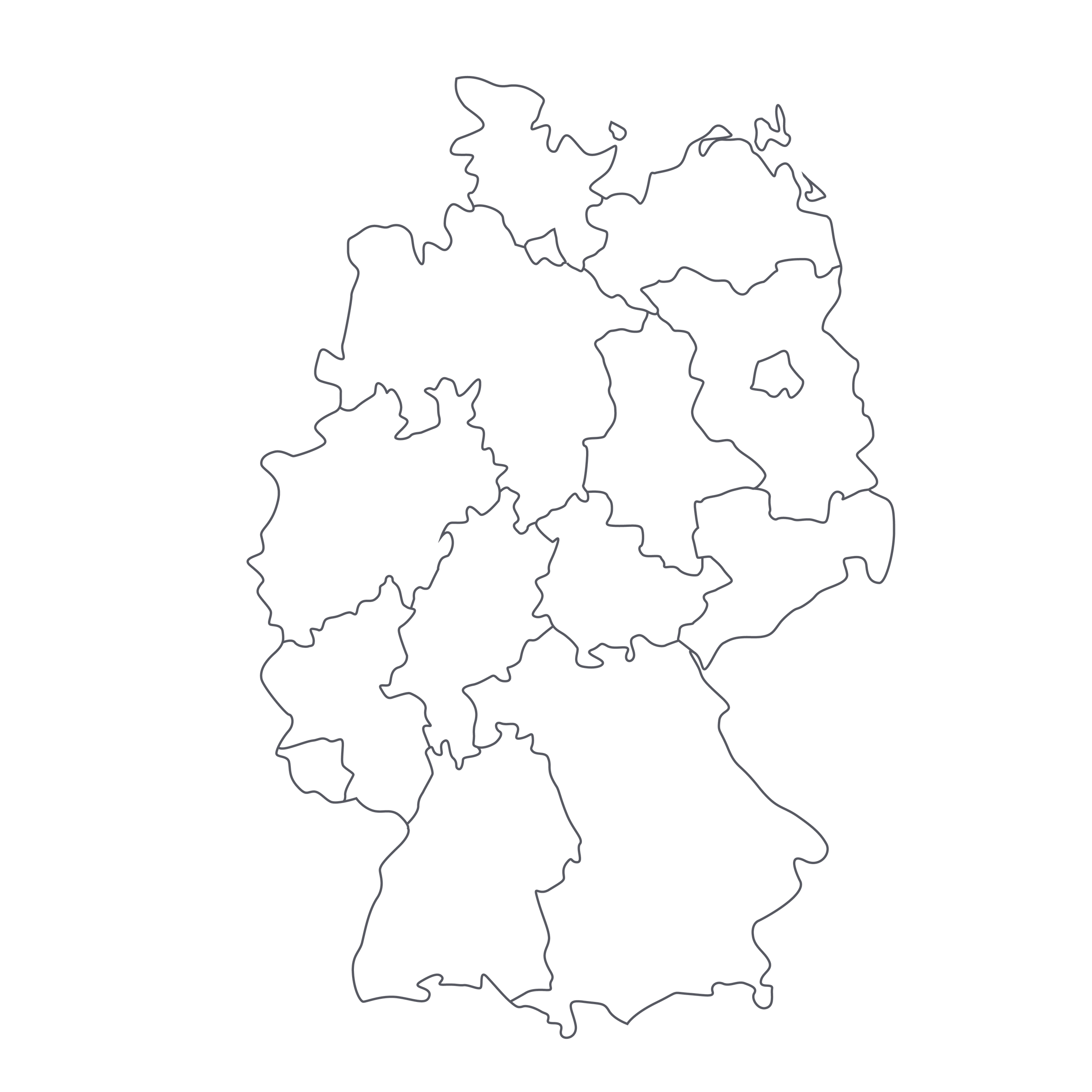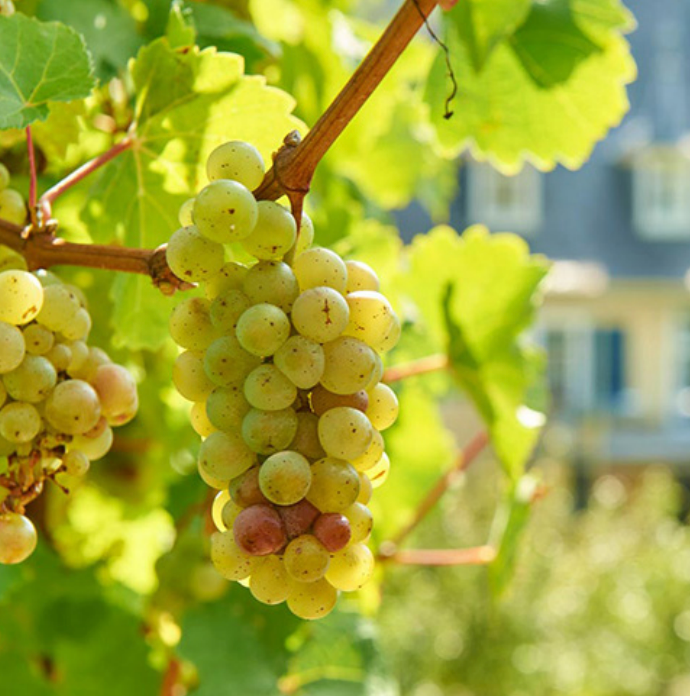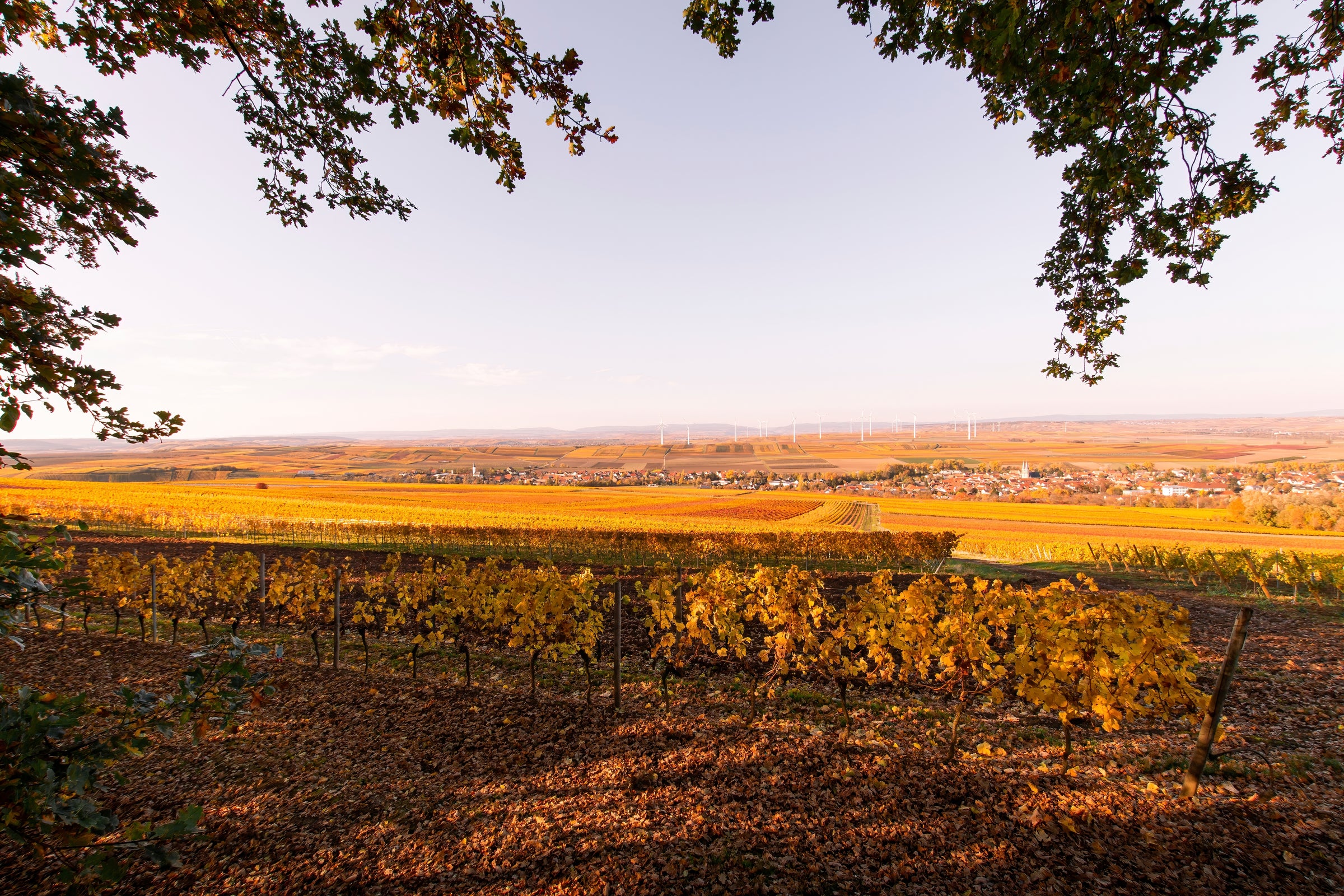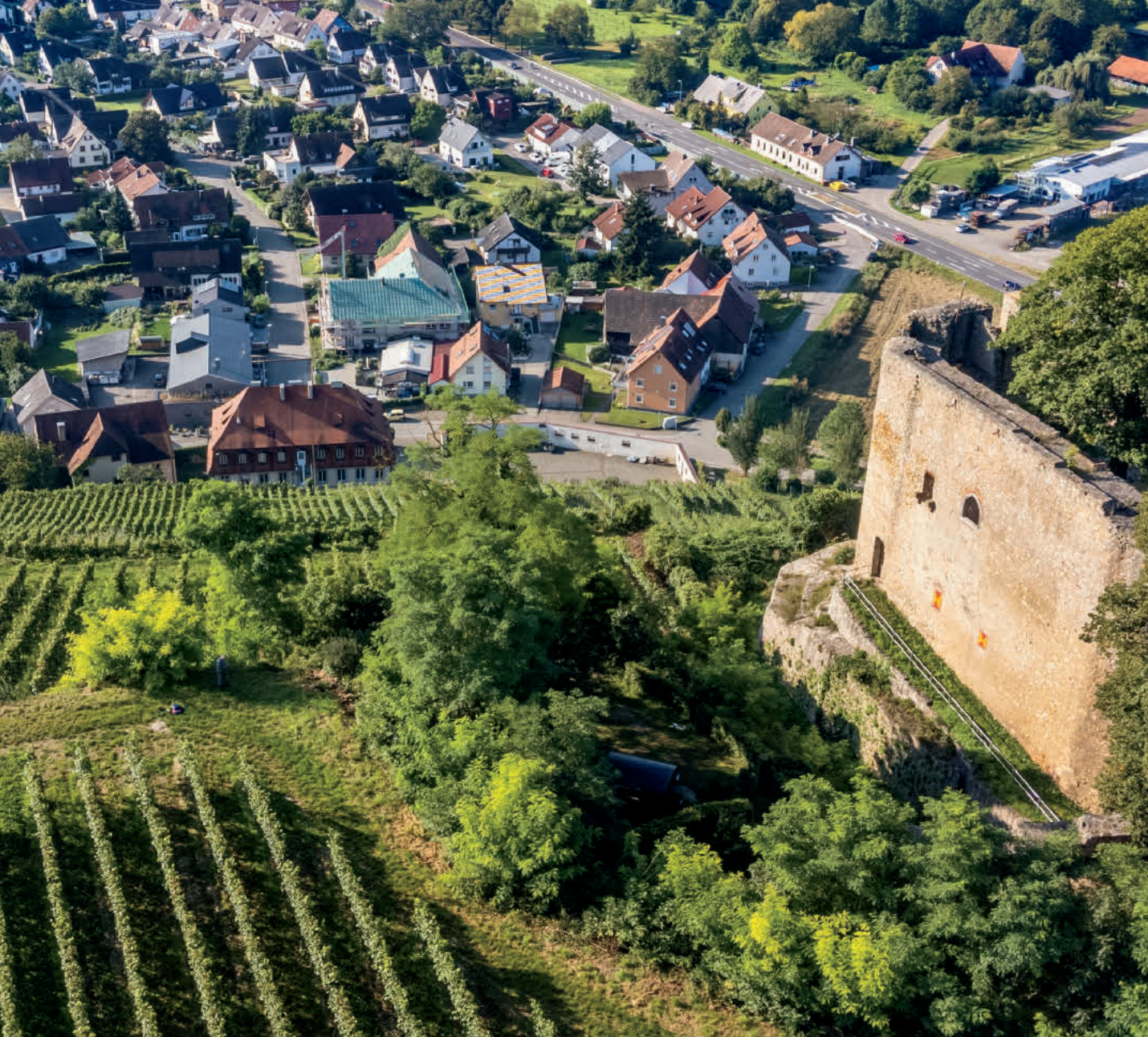SommSelect has been twisting arms for a long time to make today’s offer happen and we’re thrilled to finally introduce the masterful, bone-dry rieslings of Eva Fricke. Despite her youth, Eva is one of the most talented and critically acclaimed “new school” producers in Germany.
In addition to cutting her teeth with German legends Schloss Johannisberg and Johannes Leitz, Eva has also worked in the cellars of Spanish icon Dominio de Pingus and one of my favorite arch-traditionalist Barolo houses, Castello di Verduno. With this impressive bounty of experience under her belt, Eva began bottling her own wines in 2004. The response was swift and overwhelmingly positive—and today, Fricke’s are amongst the most sought-after and widely praised Rieslings in Germany. Whether it’s Jancis Robinson, The Wine Advocate (who says Eva’s wines possess a “brightness, vitality, precision, and finesse that is unrivaled in [the Rheingau] region”), or your favorite Instagram-celebrity sommelier, there is no lack of consensus. So, if you want pitch-perfect riesling for an upcoming meal, or for decades of cellaring in honor of the legendary 2015 vintage, then look no further than this delicious and rarely seen white!
Focused exclusively in Germany’s Rheingau region, Eva Fricke organically farms a small 10-hectare fiefdom of vineyards in the village of Lorch, about one hour west of Frankfurt and 30 minutes east of the heart of the Mosel Valley. Lorch’s slate- and quartzite-rich slopes offer the perfect climate, aspect, and mineral composition for producing world-class dry Riesling. Eva is a known Burgundy enthusiast and she vinifies and labels her wines with a noticeably ‘Burgundian’ approach. She has Bourgogne blanc-equivalent “regional” Rheingau Rieslings all the way up to single “cru” wines. Today we are offering Eva’s 2015 Lorcher Trocken, her version of Premier Cru village-level Riesling. This mouthwatering dry Riesling comes from the old-vine parcels “Seligmacher” (a site which imparts fleshy mid-palate fruit and salinity to the finish), “Krone” (subtly herbal, yellow apple fruit and silky texture), and finally, “Schlossberg” (exotic mango/pineapple fruit and creaminess on the finish).
The 2015 vintage brought unprecedented heat and dryness to the region, but Fricke believes her strictly organic farming practices allowed soils to flourish and her vines to reach perhaps their highest potential, ever. I concur with the current tidal wave of critical praise regarding Eva’s wines and their almost limitless cellar potential. Everything I’ve tasted is already breathtaking now and it is in no way a stretch to say that (a) Eva’s are some of the finest in the region and (b) that they will probably hit their peak drinking window in the 2030s. Still, the beauty of aging Riesling is that—unlike, say, reds from Burgundy or Barolo—the most long-lived expressions of the variety aren’t closed and opaque in their youth. On the contrary, today’s wine is lively and extroverted now and will remain so for quite some time.
Fricke’s 2015 Riesling Lorch Trocken is a full bodied, mouth-filling, and overtly dry riesling. Perfectly fleshy peaches, honeydew, and green papaya meet angular green apple and lime freshness on the palate. It is an immensely complex and firmly mineral wine that still manages to handle intense fruit with grace. This wine sings well into days four and five so take care not to empty the bottle in one sitting. If, like myself, you’re looking forward to a few weeks of lighter eating and drinking following the holidays, this bottle’s modest alcohol and compatibility with healthier fare make it an indispensable ally. It’s an ideal companion to a healthful meal of Tandoori-style chicken with lettuce in yogurt-mint dressing. While you’re grilling the chicken, decant the bottle to release some of its youthful evervescence. Serve—as demanded by Eva herself—in large Burgundy stems and don’t forget to hide some extra bottles of this historic 2015 vintage in the back of your cellar so you can show them off to friends in a few years (or decades!).
Prost!






